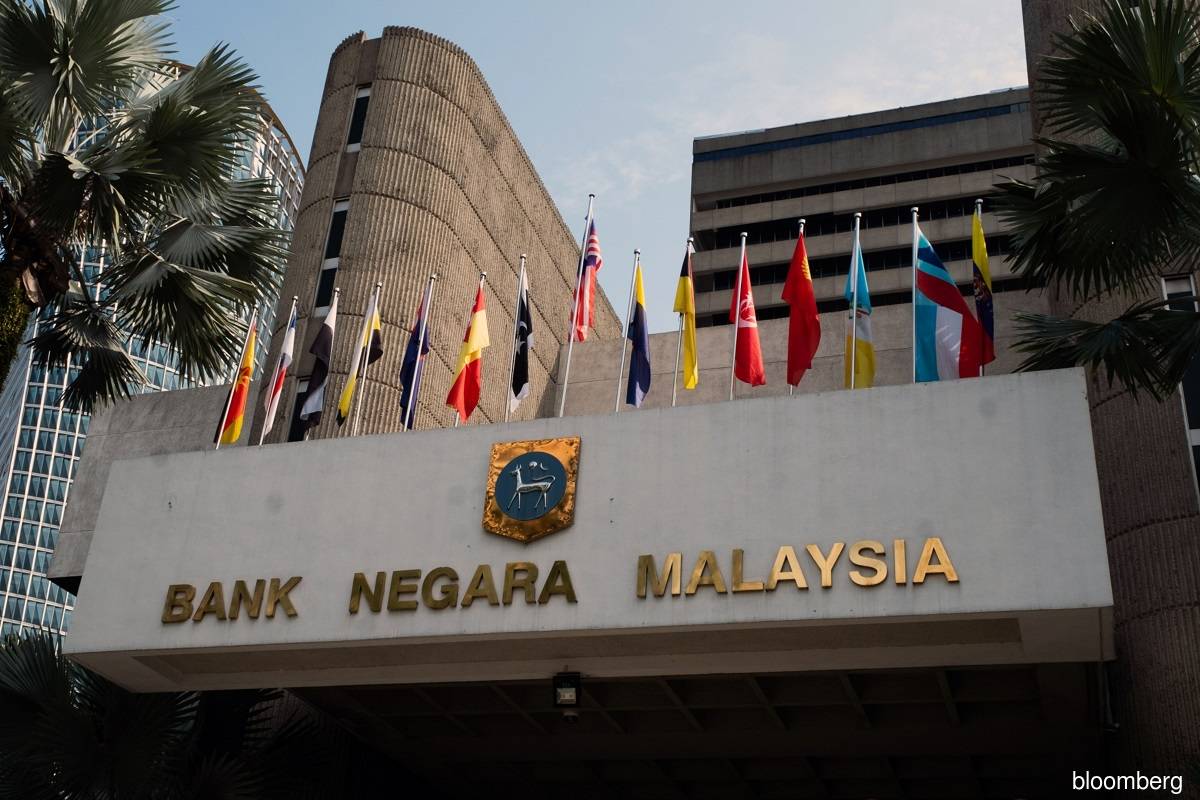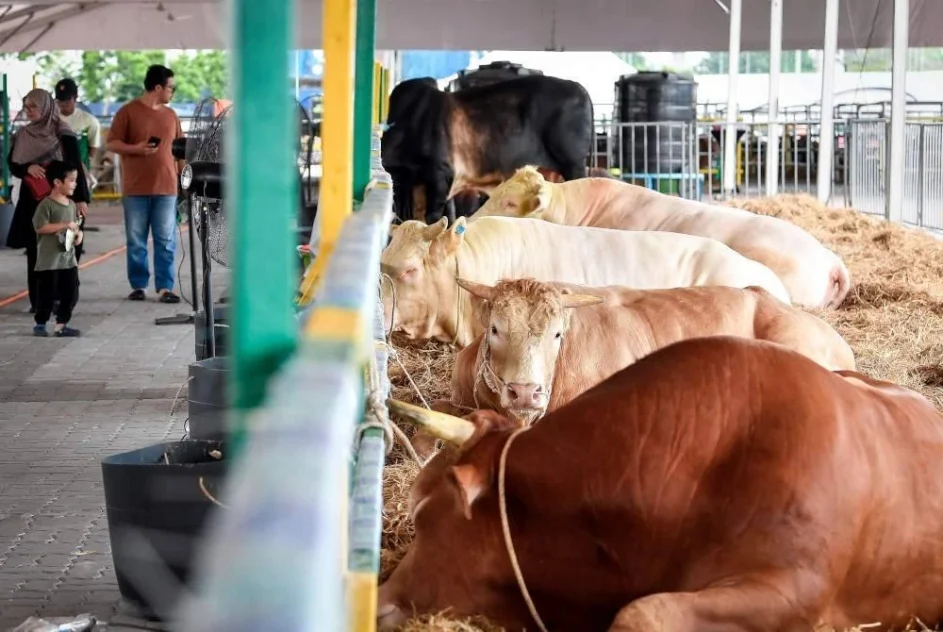AMID the heightened geopolitical risk coupled with the Omicron-driven COVID-19 resurgence, it comes as no surprise that Bank Negara Malaysia’s (BNM) Monetary Policy Committee (MPC) decided to keep the overnight policy rate (OPR) at 1.75%.
The clear and present danger now is an escalation of the conflict in Ukraine and to what extent Russia’s President Vladimir Putin is willing to pursue his military conquest, according to Kenanga Research.
Commodity prices mainly oil, gas, wheat and aluminium have recently spiked to decade highs, raising the risk of a supply shock.
“Meanwhile, the market has toned down their expectation that the US Federal Reserve (Fed) would be more aggressive in raising interest rates,” chief economist Wan Suhaimie Wan Mohd Saidie pointed out in an economic outlook.
“Nevertheless, the Fed seems committed to start off with a 25 basis points (bps) rate hike in March and at least five rate hikes in 2022.”
Taking the cue from the central bank’s Monetary Policy Committee’s (MPC) final note that it considers the current monetary policy stance is “appropriate and accommodative,” Kenaaga Research maintained its view that there is no hurry for BNM to raise the OPR.
“If it decides to do so, we believe it might likely start in the 2H 2022 by no more than 50 bps to begin with,” projected the research house.
On the stock market front, CGS-CIMB Research expects investors to be watching the latest update on the on-going Russia-Ukraine war, and its significant impact on commodity prices (including palm oil) and its impact on corporate earnings.
“Investors will also be tracking the progress of the intake of new foreign workers which has been delayed from end-2021,” noted the research house.
“Also in focus will be the new COVID-19 cases, the Government’s plans to re-open international borders (expected soon), winners of Malaysia’s digital banking licences, and the Government’s decision on whether to stick to the single wholesale 5G network.”
Other areas of interest will be the Parliament sitting from Feb 28 to March 24 whereby some key bills (anti-hopping law and Prime Minister’s term limit) could be tabled and passed a well as the outcome of the Johor state election on March 12.
“We expect the FBM KLCI to remain range-bound as the market weighs the positives coming from record-high commodity prices and recovery play from borders re-opening against a potential short-term squeeze in profit margins of corporates due to rising electricity, raw materials, labour costs and potential rate hikes by the US Federal Reserve,” projected CGS-CIMB Research.
“The FBM KLCI is currently trading at 14.4 times FY2022 P/E (price-to-earnings ratio) with dividend yields of 3.9% for 2022F. We reiterate our 2022F year-end FBM KLCI target of 1,622 points with our top three picks being Hong Leong Bank, Malaysia Airports and Petronas Chemicals)
For the record, the FBM KLCI grew 6.3% month-on-month (mom) in February 2022, outperforming the MSCI Asia Pacific ex-Japan Index (MXASJ) which fell 2.4%.
Among the Malaysia, Indonesia, Singapore and Thailand (MIST) markets, Malaysia’s FBM KLCI was the best performing market last month followed by Indonesia’s JCI (+3.9% mom) and Thailand’s SET (+2.2% mom) while Singapore’s FSSTI was the worst performer (-0.2% mom).
In 2021, the FBM KLCI was the worst performer and the only market among MIST that posted negative returns (-3.7%). Thailand’s SET was the best performer (+14.4%) followed by JCI (+10.1%) and FSSTI (+9.8%). – March 4, 2022
Main photo credit: Bloomberg









